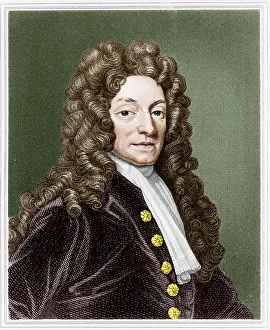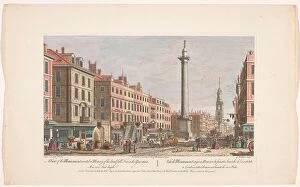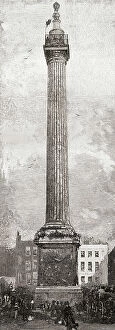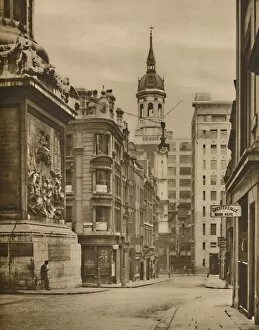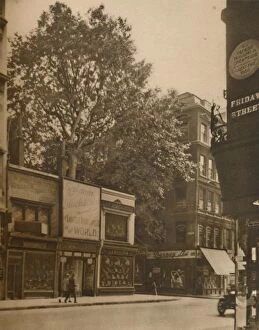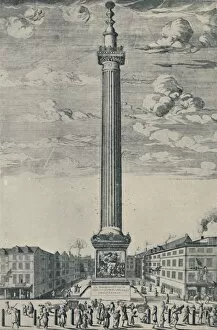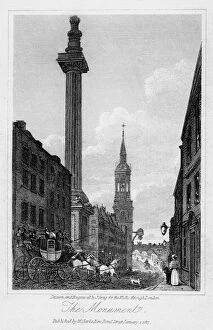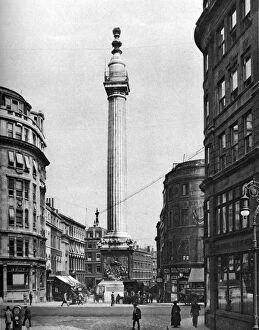Great Fire Of London 1666 Collection
"The Great Fire of London 1666: A Devastating Blaze that Shaped History" In the aftermath of the catastrophic fire that engulfed London in 1666, Sir Christopher Wren
All Professionally Made to Order for Quick Shipping
"The Great Fire of London 1666: A Devastating Blaze that Shaped History" In the aftermath of the catastrophic fire that engulfed London in 1666, Sir Christopher Wren, an esteemed English architect, played a pivotal role in rebuilding the city. His iconic design for St. Paul's Cathedral, completed around 1680, stands as a testament to his genius and resilience. The haunting image titled "St. Paul's Burning" by Wenceslaus Hollar captures the sheer magnitude of destruction caused by this inferno. It serves as a somber reminder of the devastation endured by Londoners during those fateful days. Wenceslaus Hollar also created another significant work called "The Causes of the Decay of Christian Piety. " This title page from 1667 sheds light on how religious beliefs were intertwined with discussions about rebuilding and restoring faith after such a calamity. One cannot overlook "The Monument, " erected in memory of the Great Fire. The top section was added in 1842 but remains shrouded in mystery regarding its creator. This towering structure symbolizes both remembrance and hope for a resilient city rising from ashes. Among notable figures affected by this disaster were Archbishop Sancroft (1617-1693) and diarist John Evelyn (1620-1706). Their portraits captured in 1830 reflect their enduring legacies amidst adversity. Donald McLeish's photograph taken around 1935 showcases Fish Street Hill at the base of The Monument—a poignant reminder of where it all began—the epicenter where flames consumed countless homes and lives. Another captivating image from that same era is SO Gorse's depiction titled "A Favoured Inmate of the City: The Plane-Tree in Cheapside. " Amidst ruins, nature thrived—an emblematic representation showcasing life's persistence even amidst chaos. An intriguing glimpse into history can be found through Wren's original design for the summit of The Monument, dating back to 1897.

